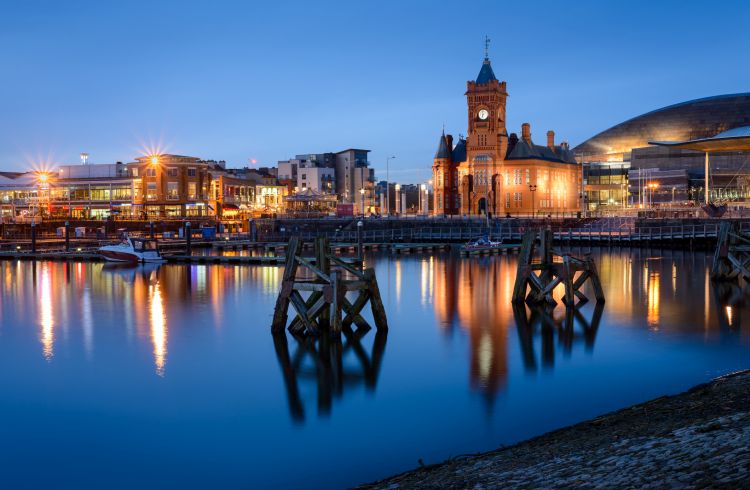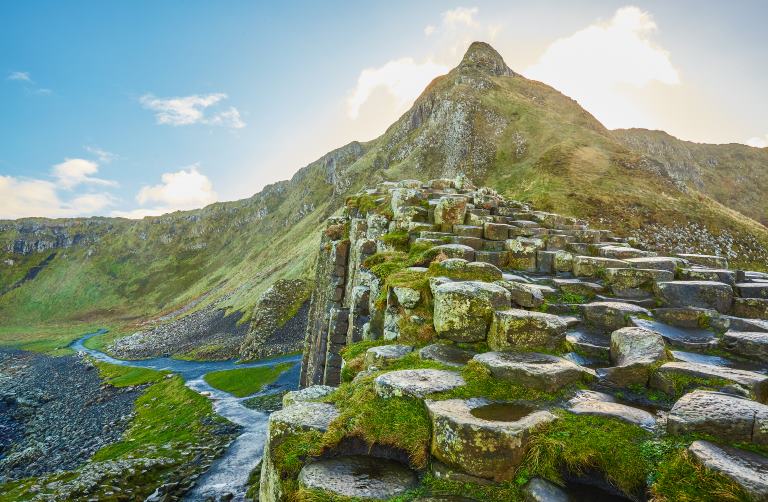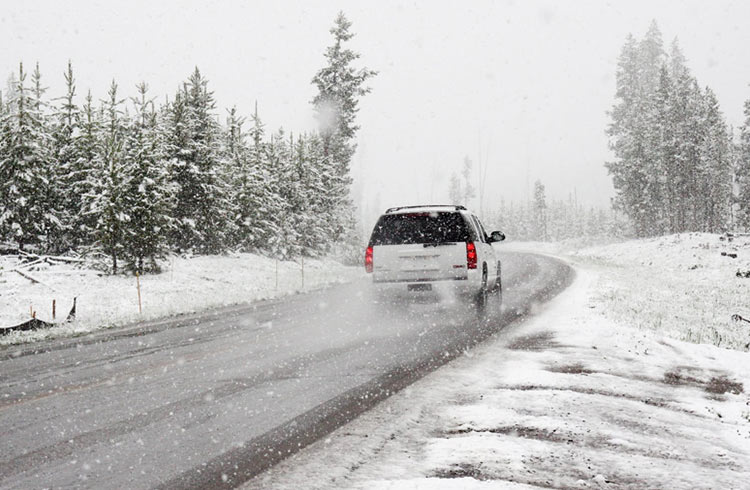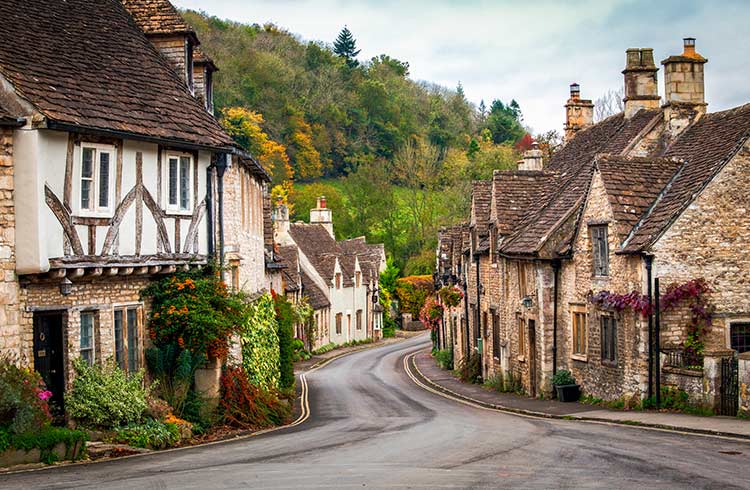National Pride & Respect - Tips for Travellers to Wales
The Welsh are a very proud people, and rightly so with a long cultural heritage and identity which has survived against the odds.
 Photo © GettyImages/Renan Gicquel
Photo © GettyImages/Renan Gicquel
“Croeso i Gymru – Welcome to Wales.”
In Wales, pride isn’t a polite after-thought—it’s a living, vibrant force. Whether in the language spoken, the flags flying, the songs sung, or the landscapes explored, Welsh identity pulses with energy and authenticity.
Welsh Pride
The Welsh language (Cymraeg) remains a cornerstone of national identity. From urban Cardiff to rural Glynneath, people use Welsh in music, theatre, education and everyday life. The annual National Eisteddfod of Wales, for instance, celebrates poetry, performance and the Welsh language—linking modern Wales with its cultural roots.
The folk song Yma o Hyd (“Still Here”) captures the sentiment of endurance, identity and language survival.
Proud Symbols, Strong Signals
The red dragon—Y Ddraig Goch—flies proudly across Wales, from castle ramparts to coffee cups. Its roots run deep: early legends tell of a red dragon battling a white one beneath Dinas Emrys, symbolizing the struggle of the Welsh people against invaders. Later adopted by medieval rulers and the Tudor dynasty, it came to represent strength, resilience, and identity. Officially recognized on the national flag in 1959, today it’s more than decoration—it’s a living emblem of Welsh pride, seen at rugby matches, in local businesses, and on countless front doors.
In 2025, a source of Welsh pride stirred discussion: the naming of a proposed fourth national park after Owain Glyndŵr, the Last Prince of Wales and a symbol of Welsh resistance. While for many the name is a proud recognition, some flagged it as a politically charged choice.
Modern Nationalism: More Than a Banner
While hardcore separatism remains a minority view, support for greater autonomy ticks upward. One Reddit user observed: “The hardcore is always a minority. You’ll find quite a few of the more vocal ones in upper Bangor…”
So Welsh nationalism today often means cultural pride, retention of language and local identity more than outright secession.
Community & Inclusion
Welsh pride isn’t exclusively about ethnicity; it intersects with inclusion. For example, the Pride Cymru movement has grown widely across Wales, with community funding from the Welsh Government to support grassroots celebrations of diversity.
This shows a broadening sense of identity, where being Welsh includes being queer-welcoming, multilingual, and global-minded.
What Visitors Should Know
-
Respect the language: Simple Welsh phrases go a long way—“croeso” (welcome), “diolch” (thank you) show effort and respect.
-
Engage with culture: Attend an Eisteddfod, a local fest, or a Welsh language session. Pride in Wales is alive and everywhere.
-
Understand nuance: While Welsh pride is strong, it’s typically inclusive and cultural—not combative. Visitors rarely encounter overt hostility.
-
Celebrate heritage thoughtfully: Rather than simply “taking the photo,” engage—talk to locals, listen, ask about Welsh history and identity.
-
Enjoy the “hwyl”: Hywl is a Welsh term for an immersive sense of spirit, joy or momentum. Let yourself be immersed in the landscape, the language, the songs. Welsh pride isn’t only displayed—it’s experienced.
Related articles
Simple and flexible travel insurance
You can buy at home or while traveling, and claim online from anywhere in the world. With 150+ adventure activities covered and 24/7 emergency assistance.
Get a quote


3 Comments